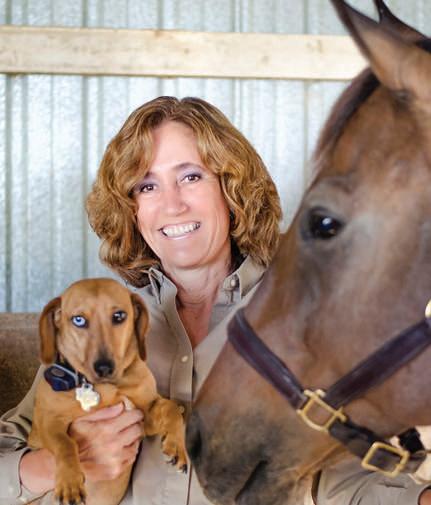
3 minute read
Litigation: Vehicle crash investigations

A conversation today reminded me of the myriad ways that a fundamental part of my personal injury practice has dramatically changed over the years. We were discussing a crash as to which opinions have differed concerning who was at fault. The person I was talking to recalled it one way while the investigating officer’s report had a different version of what happened.

Back in the dark ages when I began practicing law, we were limited to what we might find on the ground such as skid marks, debris, scrapes in the pavement, eyewitnesses we might be able to locate, and similar information. Today, it is a new world. While in the midst of the conversation, I took a look at the site of the crash which occurred over 100 miles from my office simply by pulling up satellite imagery on Google Earth. I reviewed the investigative report which was obtained almost instantly online rather than after a week or more of mailing a request and then awaiting receipt of the report back by mail. Cell phone photos of the scene and vehicles, often by a client, get emailed or texted to us immediately, whereas back in the day, I would grab my 35mm camera and traipse around to the scene and wrecking yards or body shops taking pictures myself. My staff will send out freedom of information requests to the DPS and other entities for bodycam and dashcam footage also showing the scene and, often, onsite realtime inter-
by Roland Brown
views with involved parties or eyewitnesses.
We will get records of the 911 calls which may lead to key witnesses we might otherwise never locate. The recordings of those calls may contain dramatic comments that can be used as part of a video settlement brochure or be presented to a jury. It is common to find additional video from surveillance cameras at businesses or homes near the scene. Not only are these newer tools helpful as we investigate and develop a case, but they cost little or nothing to acquire and use. Although technology sometimes frustrates me – and I never lose sight of the fact that what it delivers to me is simply information to be woven into a story that must be presented in a compelling manner to insurance adjusters, judges, and juries – I am happy for the way it benefits my clients and make me more effective on their behalf.
Greatest of all time
Who is the GOAT of sports? If you are a football fan most people call Tom Brady the GOAT. If you are a tennis fan it can go to Serena Williams, Roger Federer, or Rafa Nadal. If you are an animal lover, the GOAT may be a goat.
Goats are amazing animals. They can do well on scrubby range-land where other animals would struggle to survive, they make wonderful milk, they come in convenient sizes, and there is nothing cuter than baby goats at play. Apparently, they are good yoga partners as well.
Goats are hardy animals but they require care as all animals do. Perhaps the most important health care note on goats is there susceptibility to diseases caused by the bacterial family clostridium. Clostridrial diseases include tetanus (C tetani), enterotoxaemia (C perfringens, Type D).
Tetanus is present in the soil. It enters the system through a wound. The wound can be caused from something as ordinary as castration or ear tagging. Tetanus is easy to prevent through vaccination. If tetanus gains entry to an unvaccinated animal, the incubation period ranges from 24 hours to two weeks depending on the strain. Once symptoms appear the prognosis, even with treatment, is poor.
Enterotoxaemia is a common cause of death in goats. It can be brought about by stress and/or a sudden change in diet. Bloody diarrhea and abdominal pain are typical symptoms. The success
by Tracy Sheffield, RVT
of treatment depends on many factors including how long the goat has had symptoms. As with tetanus, prevention is the best medicine and vaccination is the easy way to give your goat the best chance of avoiding this disease.
Other conditions that goat owners need to consider include difficulties giving birth and bladder stones. Goats, much like deer, are really designed to have two smaller offspring rather than one large kid. A large singleton is the usual cause of difficulties in giving birth. If a doe is in labor and does not appear to be making any progress, a call to the veterinarian – sooner rather than later – is in order.
Bladder stones in male goats is a common, painful, and life threatening condition. Symptoms include straining to urinate along with diminished appetite and they may spend more time laying around than usual. Urinary obstruction, whether partial or complete is a medical emergency and needs veterinary attention as soon as possible.
Goats are both wonderful farm animals and wonderful pets. Awareness of the health problems and diseases common to goats will help them lead longer healthier lives.

Tracy Sheffield, RVT works with her husband, Dr. Mike Sheffield, at Wimberley Veterinary Clinic. Wimberley Veterinary Clinic sees all kinds of animals, dogs, cats, horses, birds, pocket pets, reptiles and other exotic animals. Make your boarding reservations online at WimberleyVetClinic.com or call us at 512 847 5630.











